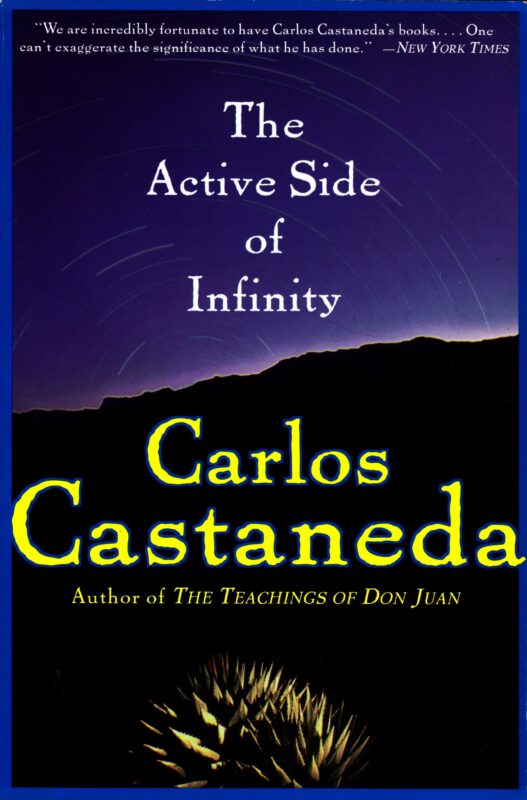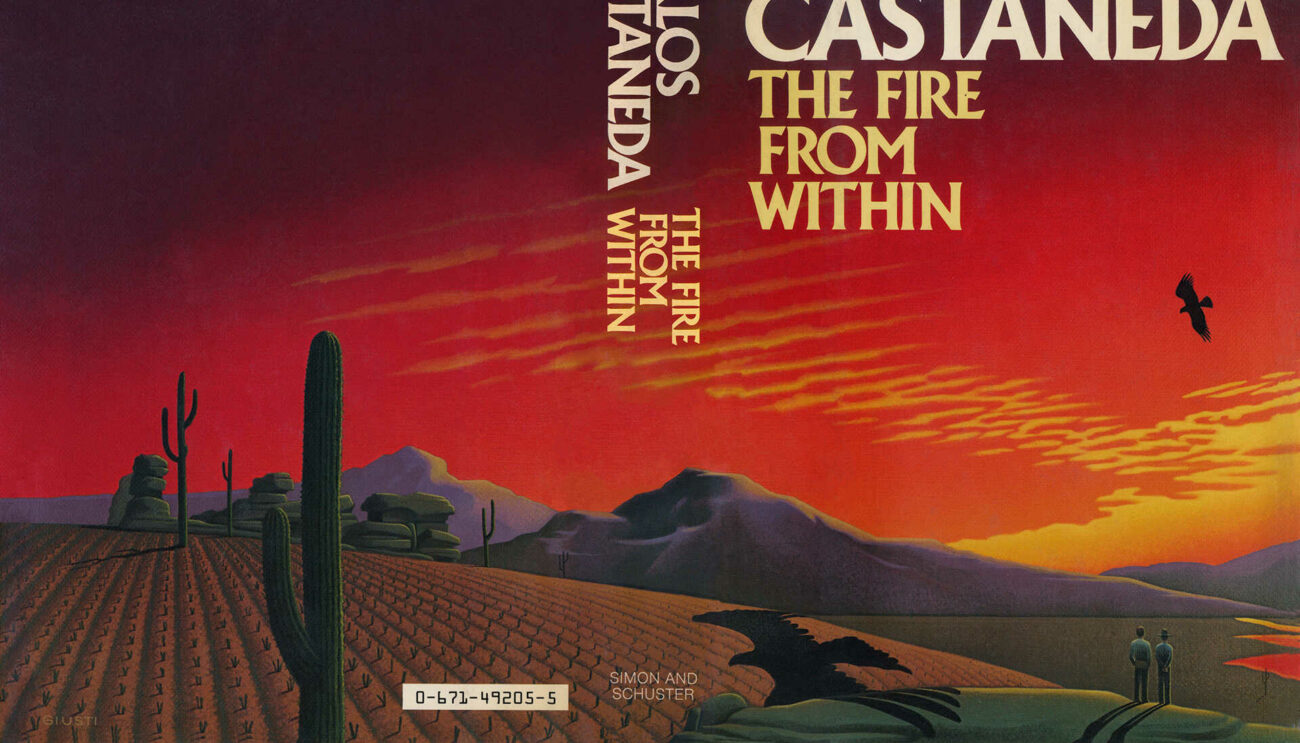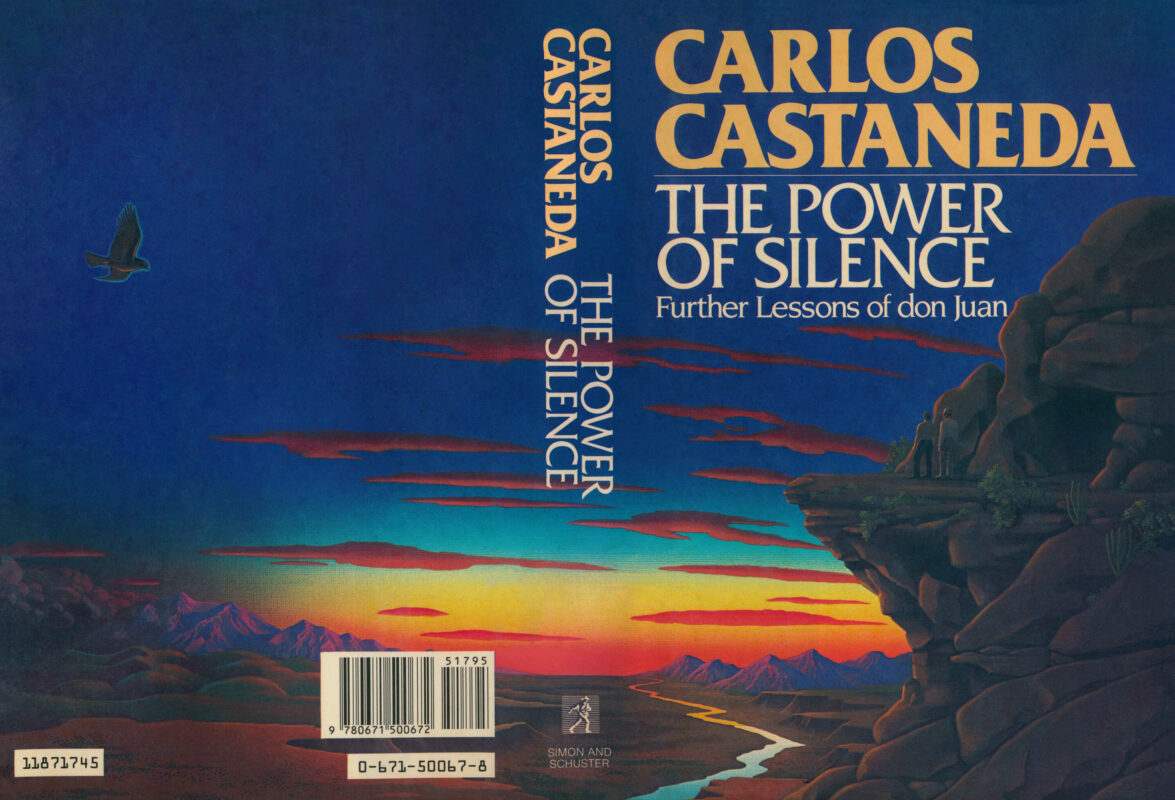The Active Side of Infinity – The Return Trip
This final chapter of the book details Castaneda’s experience immediately following his jump into the abyss. He awakens in his Los Angeles apartment with no memory of the return trip from Mexico, his body wracked with pain but his mind strangely calm and detached. The jump has shattered his linear perception of time and self, leaving him with quasi-memories and the stark realization that his old life is over. At a diner, he experiences a total unification of his being, as all his fragmented memories from states of heightened awareness become a single, continuous stream. He understands that this integration is a direct result of the jump. He now fully grasps his new condition as a “warrior-traveler,” for whom only energetic facts matter. He feels don Juan not as a person to be missed, but as an impersonal, silent passageway that he must now travel alone. The chapter ends with a strange, mentally unbalanced man screaming in terror upon seeing him, confirming Castaneda’s new, altered state of being and his ultimate aloneness.


